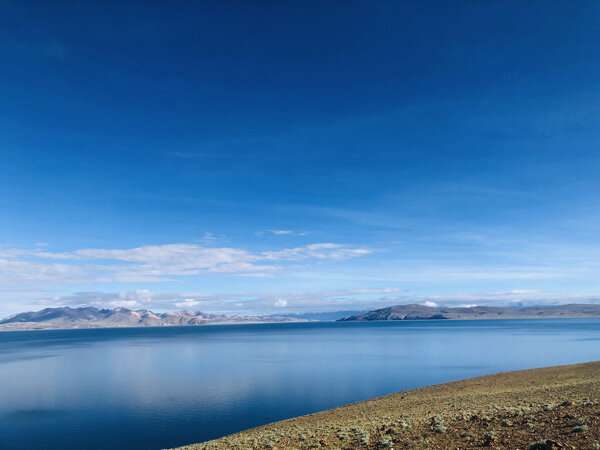This article has been reviewed according to Science X's editorial process and policies. Editors have highlighted the following attributes while ensuring the content's credibility:
fact-checked
trusted source
proofread
Lake water storage on Inner Tibetan Plateau increases under climate change, finds study

The Inner Tibetan Plateau is an endorheic basin with densely distributed lakes that serve as "sentinels" of climate change. With climate warming and humidification, the lakes on the Inner Tibetan Plateau have experienced a dramatic expansion. Thus, drainage reorganization events can occur, which in turn, pose a flood risk to surrounding villages and roads. They can also break existing watersheds, converging into exorheic basins and threatening the ecological environment.
Therefore, an effective and accurate estimation of lake water storage (LWS) changes on the Inner Tibetan Plateau under climate change is urgently needed.
Recently, a collaborative research team led by the Institute of Atmospheric Physics (IAP) of the Chinese Academy of Sciences estimated the LWS for 18 lakes (each with area larger than 300 km2) on the Inner Tibetan Plateau from 2002 to 2018 using Gravity Recovery and Climate Experiment (GRACE) data and land surface model simulations. The study was published in Science Bulletin.
"The estimated LWS agreed well with the multi-source satellite altimetry data. The LWS of the 18 lakes on the Inner Tibetan Plateau expanded rapidly with an average increasing rate of 26.92 mm every year," said Prof. Jia Binghao, first author of the study. "The increasing rate of LWS by the mid-21st century for an intermediate scenario is predicted to decrease to 40% of that in recent decades based on an artificial neural network model." This prediction is supported by the terrestrial water storage and glacial runoff projections on the Inner Tibetan Plateau.
The results of this study highlight the importance of water resource mitigation and adaptation to avoid flood threats from increased LWS on the Inner Tibetan Plateau.
"The LWS estimations based on GRACE data and land surface model can be used to identify regional changes in lakes for areas with limited available data, which is a helpful tool for monitoring lake water resource changes," said Prof. Xie Zhenghui, corresponding author of the study.
More information: Binghao Jia et al, Increasing lake water storage on the Inner Tibetan Plateau under climate change, Science Bulletin (2023). DOI: 10.1016/j.scib.2023.02.018
Provided by Chinese Academy of Sciences



















